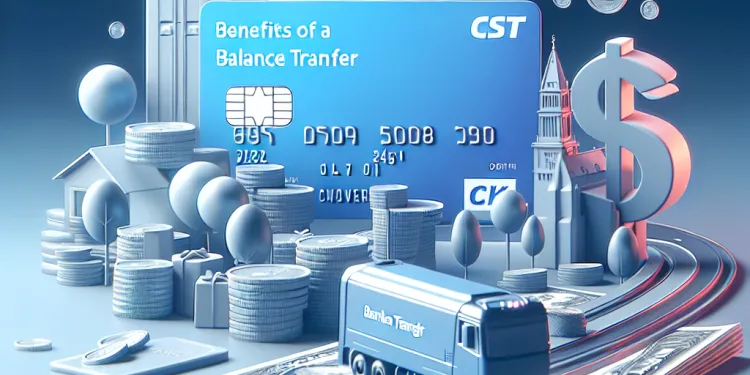
Find Help
More Items From Ergsy search
-
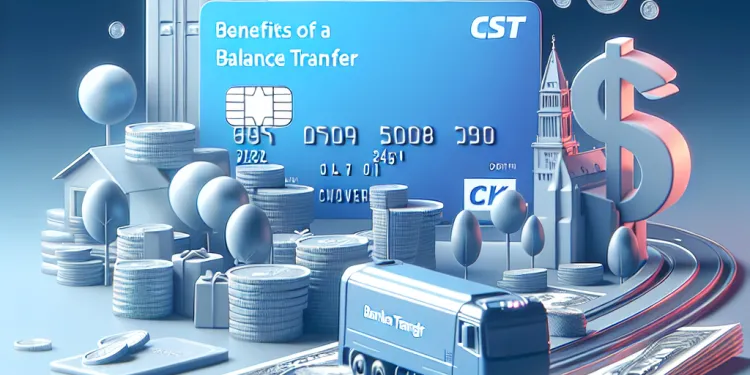
What are the benefits of a balance transfer credit card?
Relevance: 100%
-

What is a Balance Transfer Credit Card?
Relevance: 93%
-
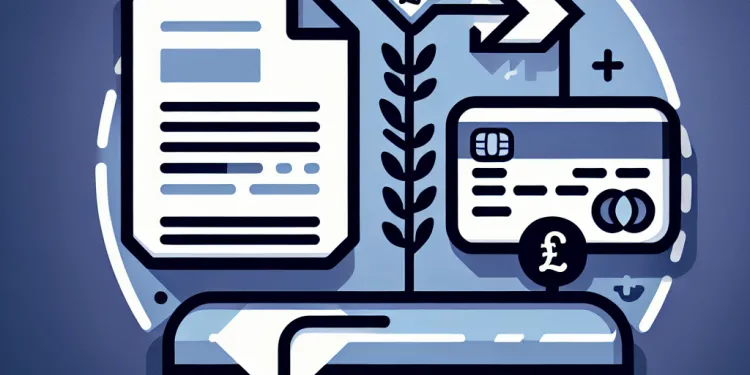
Can I transfer a balance from a loan to a credit card?
Relevance: 86%
-
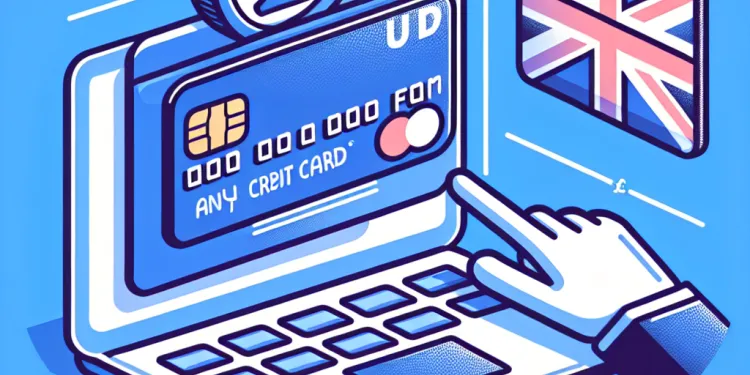
Can I transfer balances from any credit card?
Relevance: 85%
-
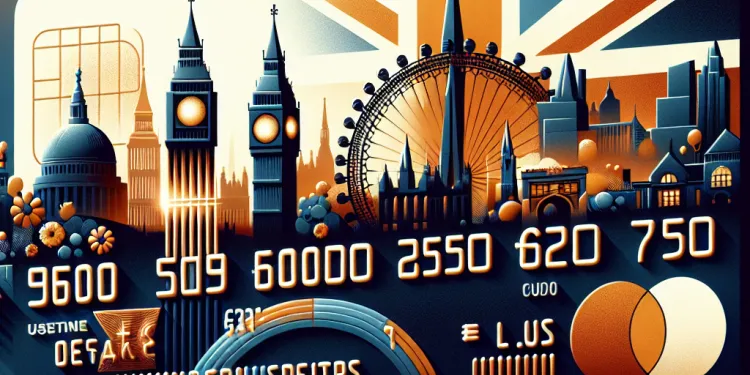
What is a good credit score to qualify for a balance transfer card?
Relevance: 80%
-

What is a balance transfer credit limit?
Relevance: 80%
-

Will transferring a balance affect my credit score?
Relevance: 79%
-

How do I apply for a balance transfer card?
Relevance: 79%
-
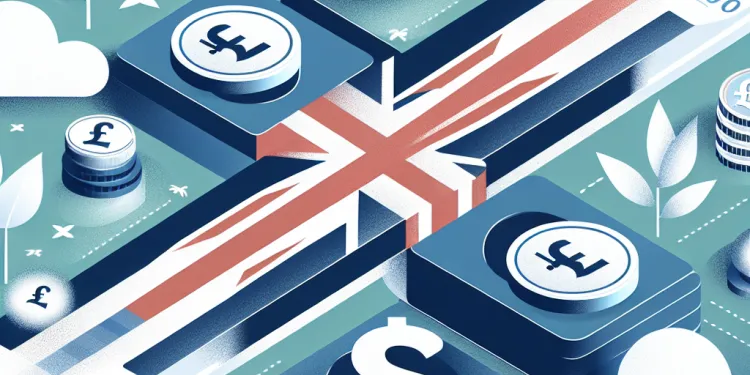
Can I transfer a balance to a card with no promotional offer?
Relevance: 78%
-
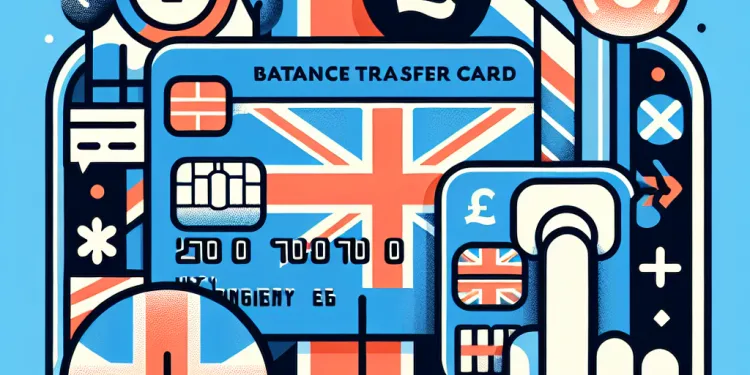
Can I use a balance transfer card for new purchases?
Relevance: 74%
-

Is a balance transfer the right choice for me?
Relevance: 69%
-
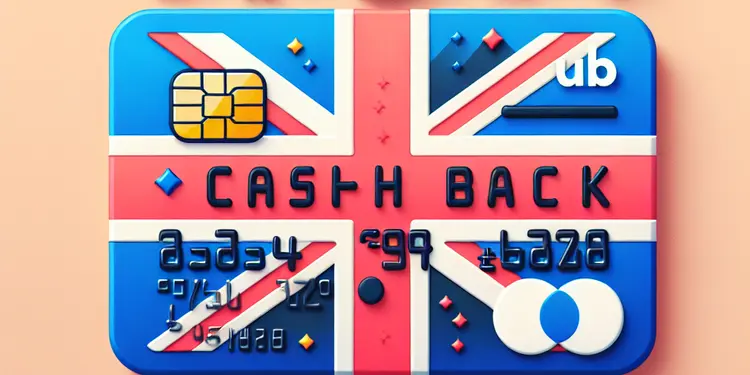
Can I transfer cashback rewards to another credit card?
Relevance: 68%
-

Are there any fees associated with balance transfers?
Relevance: 67%
-

How does a balance transfer work?
Relevance: 67%
-

Do balance transfer offers apply to new purchases?
Relevance: 66%
-
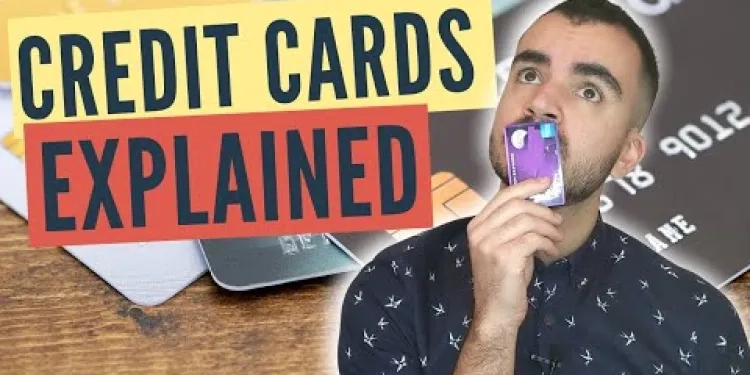
Credit Cards for Beginners Explained UK | Do's and Don't | Type of Cards
Relevance: 64%
-

How long does a balance transfer take?
Relevance: 63%
-
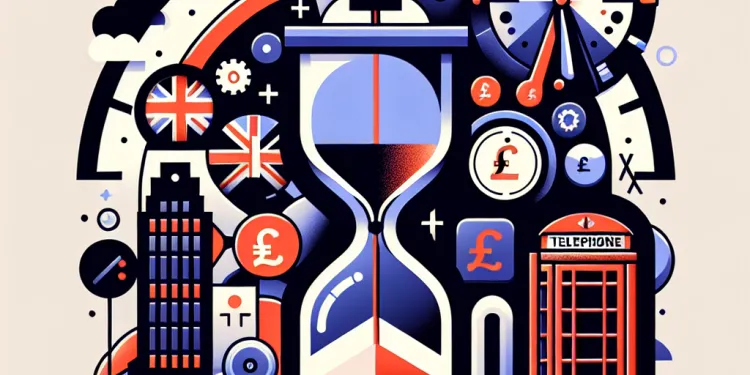
What is the typical duration of a promotional balance transfer offer?
Relevance: 63%
-
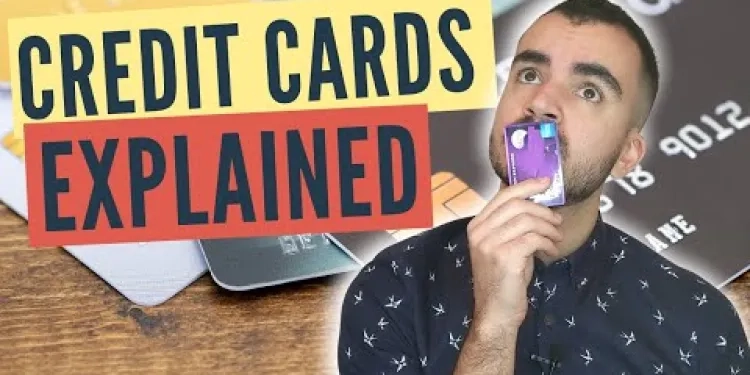
Credit Cards for Beginners Explained UK | Do's and Don't | Type of Cards
Relevance: 62%
-

Is a cashback credit card right for me?
Relevance: 57%
-

What is a cashback credit card?
Relevance: 55%
-
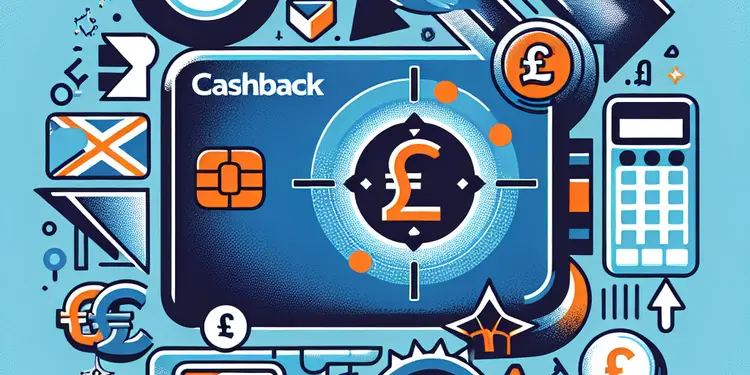
How does a cashback credit card work?
Relevance: 54%
-
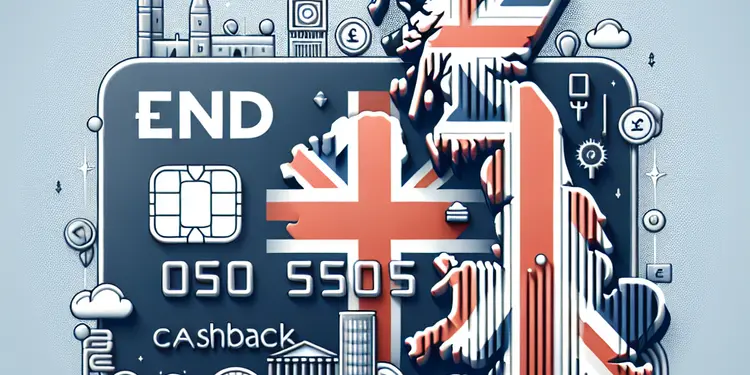
What should I look for in a cashback credit card?
Relevance: 52%
-
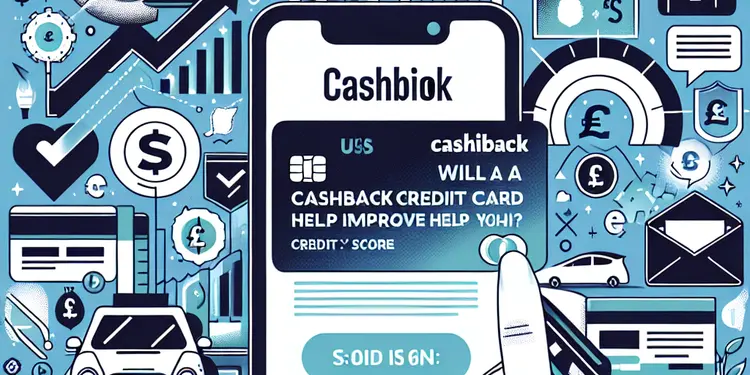
Will a cashback credit card help improve my credit score?
Relevance: 52%
-
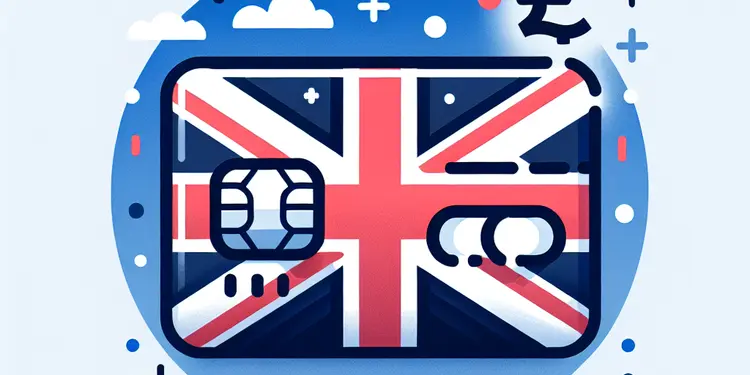
Are there any drawbacks to using a cashback credit card?
Relevance: 52%
-
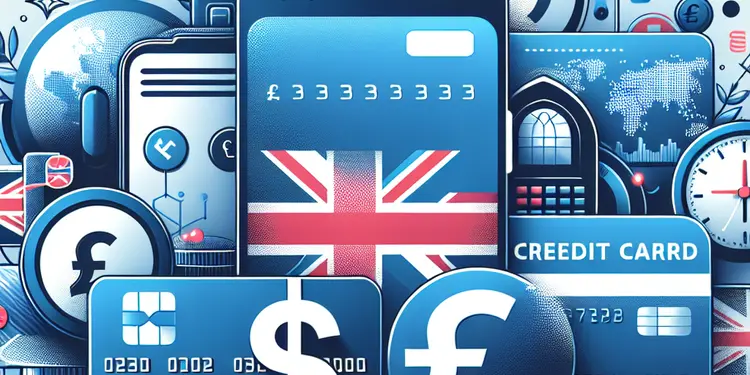
What is credit card fraud?
Relevance: 48%
-
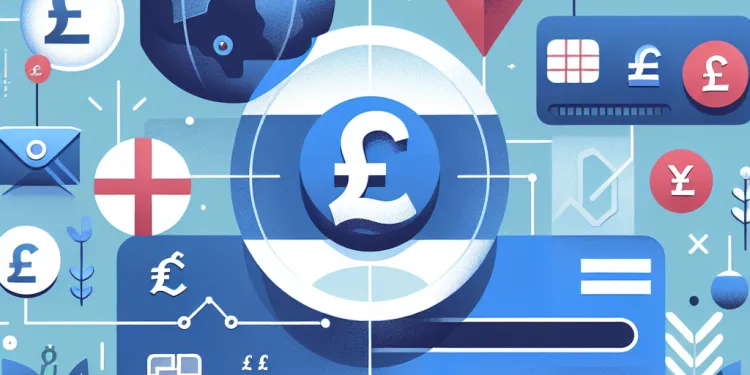
What should I consider before doing a balance transfer?
Relevance: 42%
-
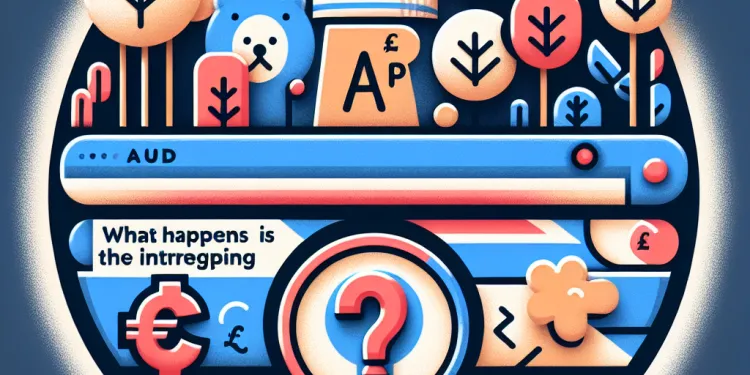
What happens when the introductory APR period ends?
Relevance: 36%
-
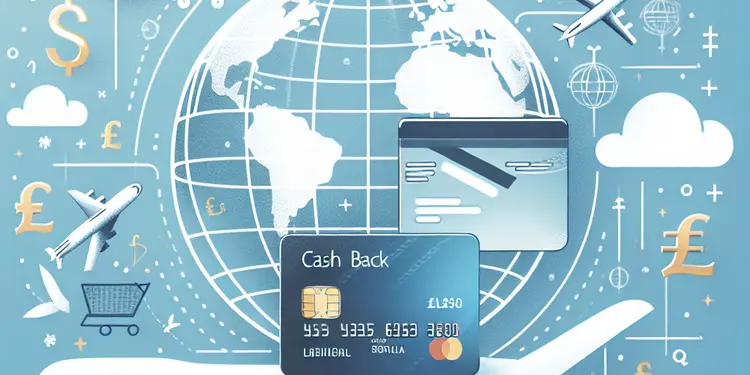
Can I use a cashback credit card abroad?
Relevance: 34%
-
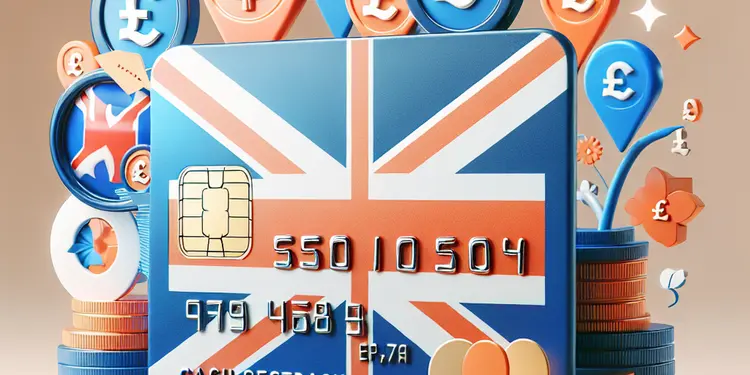
Do cashback credit cards offer sign-up bonuses?
Relevance: 34%
-

How can I redeem my cashback rewards?
Relevance: 31%
-
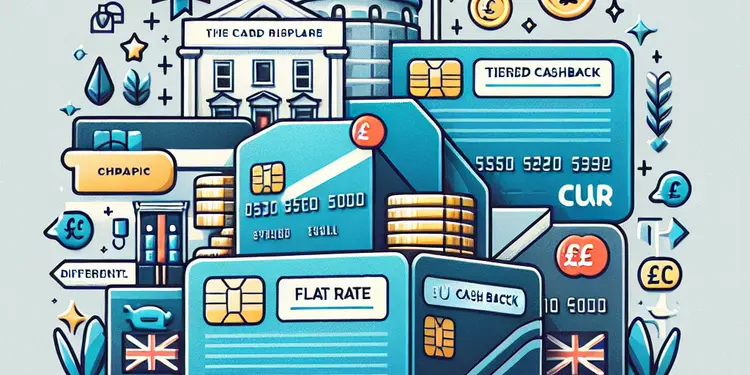
What is the difference between flat-rate and tiered cashback cards?
Relevance: 30%
-
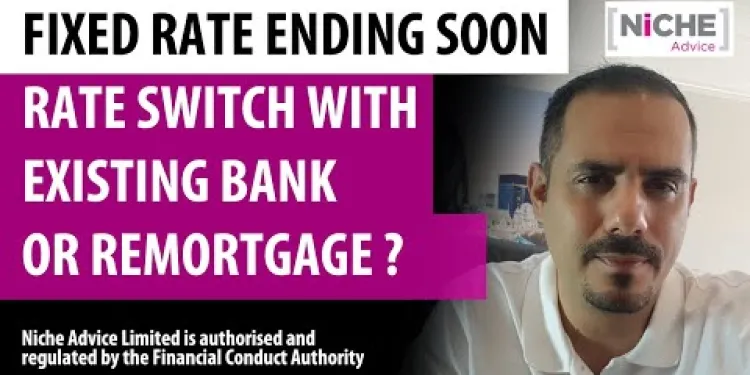
Product Transfer Rate Switch vs Remortgage What's Best
Relevance: 30%
-
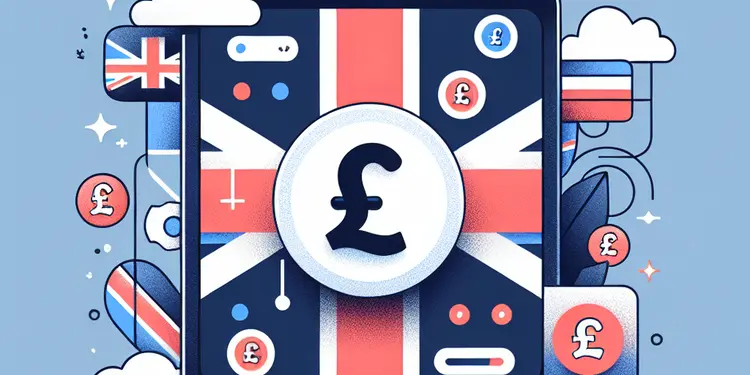
What happens if I have a credit on my account?
Relevance: 29%
-
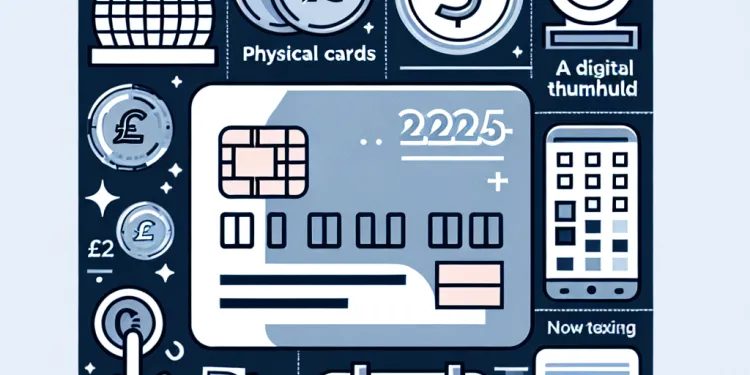
Is the physical card still valid after 2025?
Relevance: 28%
-
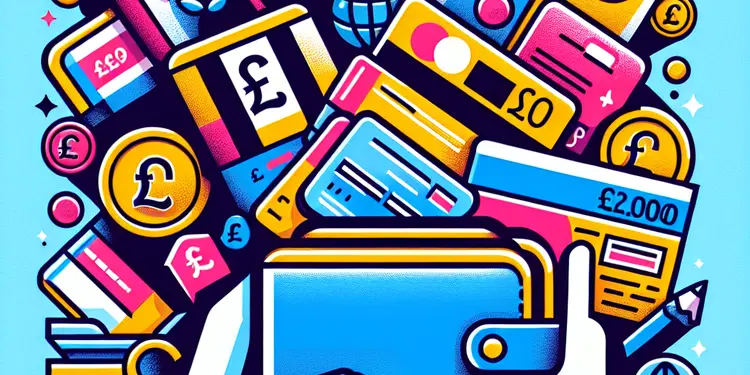
Do I earn cashback on all purchases?
Relevance: 28%
-

Can I transfer my ISA between providers?
Relevance: 27%
-

Applying For Universal Credit
Relevance: 26%
-
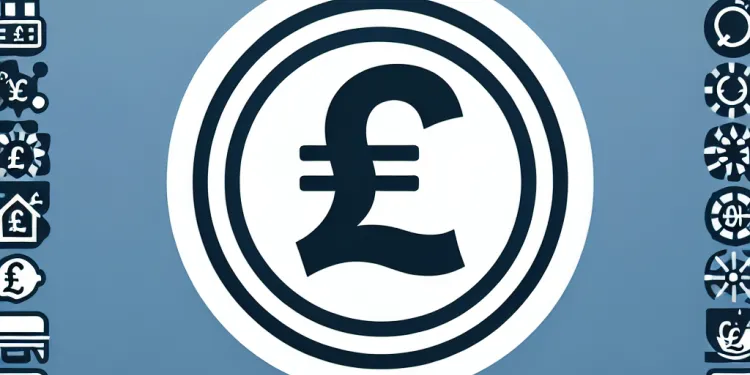
What is Universal Credit in the UK?
Relevance: 26%
-

How can I maximize my cashback earnings?
Relevance: 26%
Understanding Balance Transfer Credit Cards
A balance transfer credit card is a financial tool allowing individuals to transfer existing debt from one or more credit cards to a new card, often with a lower interest rate. For UK consumers struggling with high-interest credit card debt, balance transfer cards can offer a strategic avenue to manage and reduce what they owe more efficiently.
Lower Interest Rates
One of the primary benefits of a balance transfer credit card is the opportunity to lower the interest rate on existing debt. Many providers in the UK offer introductory 0% interest periods ranging from 6 to 30 months. During this promotional period, cardholders can pay down the principal balance more effectively since the absence of interest charges means more of each payment goes directly towards reducing the debt.
Consolidation of Debt
Another advantage is the consolidation of multiple debt sources into a single account. Managing multiple credit card payments can be overwhelming and increase the risk of missing payments. By transferring balances to one card, repayments become simpler and easier to manage. This consolidation can help improve cash flow and reduce stress associated with having to keep track of numerous bills and due dates.
Potential for Improved Credit Score
Successfully using a balance transfer card can positively impact your credit score. By consistently making payments on time and paying down debt faster due to lower interest rates, your credit utilization ratio—an important factor in credit scoring—can improve. Additionally, consistently managing debt responsibly shows lenders that you are a reliable borrower, potentially enhancing your credit profile.
Cost Savings
By reducing interest payments, cardholders can save significant amounts of money over time. Even before the introduction of interest-free periods, average credit card interest rates in the UK can reach over 20%. By removing or reducing this rate temporarily, more of your money goes towards eliminating the actual debt. This can lead to substantial savings, further enabling faster debt clearance.
Additional Perks and Incentives
Many balance transfer cards come with additional perks, such as reward points, cashback, or benefits like travel insurance. While it's crucial not to let perks override the primary goal of reducing debt, such incentives can offer valuable bonuses when selecting a card. However, prioritize finding a card with terms that align with your financial goals.
Conclusion
In summary, balance transfer credit cards offer UK consumers numerous benefits, including lower interest rates, debt consolidation, the potential for credit score improvement, and cost savings. As with any financial decision, it's essential to carefully review the terms and conditions of a balance transfer card to maximise its benefits. Evaluating options and understanding terms such as balance transfer fees and the length of the introductory period is essential for making an informed decision.
Understanding Balance Transfer Credit Cards
A balance transfer credit card helps you move debt from one or more old cards to a new card. This new card usually has a lower interest rate. If you live in the UK and find it hard to pay off your credit card debt because of high interest, getting a balance transfer card might be a good idea. It can make it easier to pay back what you owe.
Lower Interest Rates
The main benefit of a balance transfer credit card is paying less interest on your debt. Many cards in the UK offer a 0% interest rate for a start, lasting from 6 to 30 months. During this time, you only pay back the money you owe without extra interest. This helps you pay the debt faster.
Consolidation of Debt
Another benefit is putting all your debts together into one card. Having many card payments can be confusing and make you miss payments. By moving all your debt to one card, it is easier to pay. This can help you keep your money in order and feel less worried about missing bills.
Potential for Improved Credit Score
Using a balance transfer card right can help you with your credit score. If you pay on time and pay off your debt faster with lower interest, your credit score might get better. Paying down debt shows banks that you can borrow and pay back money well. This can make your credit look good.
Cost Savings
With less interest to pay, you can save money. In the UK, credit card interest is often over 20%. By having a lower rate for a while, you can use your money to pay off the debt instead of paying interest. This helps you save money and clear your debt faster.
Additional Perks and Incentives
Some balance transfer cards offer extra benefits, like reward points, cashback, or travel insurance. While perks are nice, focus on paying down the debt. Look for a card that helps you meet your money goals best.
Conclusion
In short, balance transfer credit cards can help people in the UK. They offer lower interest, a simpler way to handle debt, better credit scores, and money savings. Always check the details before choosing a card. Look at transfer fees and how long the low interest lasts. This helps you make a smart choice.
Frequently Asked Questions
What is a balance transfer credit card?
A balance transfer credit card allows you to transfer existing credit card debt to a new card with typically lower interest rates.
How can a balance transfer card save me money?
By transferring debt to a card with a lower interest rate, you can save on interest payments and reduce your overall debt faster.
What are the primary benefits of using a balance transfer credit card?
The primary benefits include lower interest rates, potential savings on interest, and the ability to consolidate multiple debts into one payment.
Are there any promotional offers with balance transfer cards?
Yes, many balance transfer cards offer introductory 0% APR for a certain period, which can significantly reduce your interest burden temporarily.
How does a balance transfer help in managing credit card debt?
It can simplify debt management by consolidating multiple payments into one and potentially reducing interest costs.
What should I consider before transferring a balance?
Consider the balance transfer fee, the new interest rate after the introductory period, and your ability to pay down the debt during the promotional period.
Can a balance transfer improve my credit score?
It might help improve your credit score by lowering your credit utilization and showing creditors you are taking steps to pay down debt.
Is there a fee for transferring a balance?
Yes, most cards charge a balance transfer fee, typically ranging from 3% to 5% of the amount transferred.
Is it possible to transfer more than one credit card balance?
Yes, it's possible, but you'll need to ensure the total amount does not exceed your new card's credit limit.
What happens if I don’t pay off the balance before the promotional period ends?
After the promotional period ends, the remaining balance is subject to the card’s regular APR, which is usually higher.
How quickly can I complete a balance transfer?
It can take a few days to a few weeks. Check with your card issuer for specific timelines.
What is the typical length of a promotional 0% APR period?
Promotional periods typically last between 6 to 21 months, depending on the offer.
Will a balance transfer affect my credit limit?
Yes, the amount transferred will count against your new card’s credit limit.
What are the risks associated with balance transfer cards?
Risks include the potential of incurring fees, higher interest rates after the promotional period, and accumulating more debt if not used wisely.
Can I use a balance transfer card to pay off non-credit card debt?
Some cards allow transfers from other types of debt, but you’ll need to confirm with the issuer.
Do balance transfer cards offer additional rewards or benefits?
Some may offer rewards or cash back, but the primary benefit is the potential for lower interest on transferred balances.
Can I transfer a balance from the same bank?
Many issuers do not allow balance transfers between cards from the same bank.
Are there eligibility requirements for a balance transfer card?
Yes, typically you need a good credit score to qualify for the best offers.
What are the alternatives to balance transfer cards for managing debt?
Alternatives include debt consolidation loans, credit counseling, or negotiating directly with creditors for lower interest rates.
Is a balance transfer considered a cash advance?
No, balance transfers are not the same as cash advances and typically have different terms and fees.
What is a balance transfer credit card?
A balance transfer credit card lets you move money you owe from one card to another. This can help you save money on interest.
To help understand more, you can:
- Use pictures or drawings.
- Ask someone you trust to explain more.
- Watch a video about credit cards.
A balance transfer credit card lets you move money you owe on one card to a new card. The new card usually has lower fees for borrowing money.
How can a balance transfer card save me money?
A balance transfer card can help you save money. It lets you move your debt to a new card with lower interest rates.
With lower interest, you pay less money over time. You can pay off your debt faster.
Here are some tips to help:
- Ask lots of questions.
- Use easy tools like a calculator to plan your payments.
If you move your debt to a card with a lower rate, you will pay less money in interest. This helps you pay off your debt faster.
What are the main good things about using a balance transfer credit card?
A balance transfer credit card can help you in some ways:
- Lower Interest Rates: You might pay less money in interest.
- Pay Off Debt Faster: You can pay what you owe more quickly.
- Organize Payments: All your payments are in one place, making it easier to manage.
Here are some tips to help you understand more:
- Ask an adult or friend to explain difficult parts.
- Use a calculator to help with numbers.
- Find a video online that explains balance transfer cards.
There are three main benefits. First, you might get lower interest rates. Second, you could save money on interest. Third, you can combine many debts into one payment.
Do balance transfer cards have special offers?
Yes, many balance transfer cards let you pay no extra money on your debt for a little while. This helps you save money!
How can moving your credit card balance help you manage debt?
If you have credit card debt, you can move it to another credit card. This is called a balance transfer.
Here is how it can help:
- Lower Interest Rate: You might get a card with a lower interest rate. This means you pay less extra money each month.
- Combine Debts: You can put debts from different cards onto one card. This makes it easier to keep track of what you owe.
- Time to Pay Off: Some cards give you extra time to pay off what you owe without extra charges.
Tip: Use a calculator to see how much you will save with a balance transfer. You can find these online.
Managing money you owe can be easier if you put all your payments together into one. This might help you pay less money on interest.
What should I think about before moving money from one card to another?
Here are some tips to help you:
- Check if there is a fee for moving the money.
- Look at the interest rate on the new card.
- Make sure you have a plan to pay back the money.
- Use a calculator to see if it saves you money.
- Ask someone you trust for advice.
Think about the fee to move your balance to another card. Check what the new interest rate will be after the special offer ends. Make sure you can pay off the debt while the offer lasts.
Can moving my credit card debt make my credit score better?
This can help make your credit score better. It does this by making it look like you are using less of your credit and showing that you are trying to pay off what you owe.
Do you have to pay money to move a balance?
Yes, most cards ask you to pay a balance transfer fee. This fee is usually between 3% and 5% of the money you move.
Can you move more than one credit card balance?
Yes, you can do it. But make sure the total amount is not more than your new card allows.
What if I don’t pay all the money before the special time is over?
When the special offer time is over, you will have to pay the normal interest rate on what you owe. This normal rate is usually more.
How fast can I finish moving my balance?
You can move your balance in a few days. It might take up to 10 days. Here are some tips to help:
- Call your bank. They can tell you how long it will take.
- Use a planner to keep track of time.
- Ask a friend or family member if you need help.
It might take a few days or even a few weeks. You can ask the company that gave you the card to find out how long it will take.
How long does a 0% APR deal usually last?
A 0% APR deal means you pay no extra money for borrowing for a while.
This deal usually lasts for 6 to 18 months.
It is good to set a reminder for when the deal ends. You can use a calendar.
Promotional times usually last from 6 to 21 months. How long they last depends on the offer.
Will moving money from one card to another change how much I can spend?
When you move money from one credit card to another, it may change how much money you can spend. This is called your credit limit.
Here are some tips to help you:
- Ask your bank if your spending limit will change.
- Look at your bank statements to see your spending limit.
- Use tools like budget apps to track your spending.
Yes, the money you move will count toward your new card's credit limit.
What are the dangers of using balance transfer cards?
Balance transfer cards can help, but there are things to watch out for:
- Interest Rates: After a special low-interest period, rates can go up.
- Fees: Moving your balance might cost money.
- Credit Score: Applying for new cards can affect your credit score.
- Debt: You might be tempted to spend more, leading to more debt.
Helpful Tips:
- Use a calculator to see if you’ll really save money.
- Set up reminders for when the low-interest period ends.
- Ask for help if you don't understand something.
There are some things that might go wrong. You might have to pay extra fees. After the special deal ends, the interest—the money you pay for borrowing—might go up. If you're not careful, you might end up owing more money.
Here are some tips to help you:
- Keep track of when the special deal ends.
- Make sure you know about any extra fees.
- Only borrow what you can pay back.
Can I use a balance transfer card to pay other debts?
A balance transfer card is a special kind of credit card. It lets you move debt from one place to another. This can help if you want to pay off what you owe in a different way.
Here are some steps and tips:
- Check if the balance transfer card allows moving other types of debt. This could be a car loan or a medical bill.
- If you're not sure, ask someone at the bank or call customer service.
- See if there are any fees. Sometimes, it costs money to move the debt.
- Make a plan to pay off the debt before any special offers end.
Getting help:
- Use a calculator to see if you can save money by doing this.
- Ask a friend or family member to help you understand the steps.
- Look for free advice from a money helper organization.
Some cards let you move money you owe from other places. But you need to ask the card company first.
Do balance transfer cards give extra rewards or benefits?
Balance transfer cards can sometimes give you extra rewards. For example:
- Some cards might give you points when you spend money.
- Other cards could let you earn cash back.
If you're not sure which card is best, ask someone you trust for help. You can also use an online tool to compare cards.
Some cards give you rewards or money back. But the main reason to use them is to pay less interest when you move your debt to them.
Can I move money at the same bank?
You want to move money from one account to another at the same bank. Let's find out how you can do this:
- Check if your bank lets you move money between accounts. You can call them or look on their website.
- If you can, ask someone at the bank or a friend to help you move the money.
- You might need to fill out a form or use online banking to move the money.
Tools to help:
- Ask a family member or friend to guide you.
- Use the bank's website, which can have step-by-step instructions.
Lots of banks do not let you move money between their own bank cards.
Who can get a balance transfer card?
Not everyone can get a balance transfer card. You need to meet some rules.
Here are some tips to help you:
- Check your credit score. You might need a good score.
- Make sure you have a job or an income.
- Look at the card's rules. Each card might have different rules.
If you’re not sure, you can ask someone to help, like a family member or a money expert.
Yes, you usually need a good credit score to get the best deals.
What are other ways to handle debt without using balance transfer cards?
You can get help with money in different ways. You can get a debt consolidation loan. You can talk to someone about your money problems, like a credit counselor. You can also ask the people you owe money to if they can make your payments easier by giving you a lower interest rate.
Is moving money from one card to another like taking out cash?
When you move money from one credit card to a new card, it is called a balance transfer. This is not the same as a cash advance, which is when you take out cash using your credit card.
If you're not sure about this, you can:
- Ask someone you trust for help.
- Use online tools to find more information.
- Look for simple guides on credit cards.
No, moving money you owe to another card (balance transfer) is not the same as taking out cash from your credit card (cash advance). Moving money usually has different rules and costs than taking out cash.
Useful Links
- Ergsy carfully checks the information in the videos we provide here.
- Videos shown by Youtube after a video has completed, have NOT been reviewed by ERGSY.
- To view, click the arrow in centre of video.
- Most of the videos you find here will have subtitles and/or closed captions available.
- You may need to turn these on, and choose your preferred language.
- Go to the video you'd like to watch.
- If closed captions (CC) are available, settings will be visible on the bottom right of the video player.
- To turn on Captions, click settings .
- To turn off Captions, click settings again.
More Items From Ergsy search
-

What are the benefits of a balance transfer credit card?
Relevance: 100%
-

What is a Balance Transfer Credit Card?
Relevance: 93%
-

Can I transfer a balance from a loan to a credit card?
Relevance: 86%
-

Can I transfer balances from any credit card?
Relevance: 85%
-

What is a good credit score to qualify for a balance transfer card?
Relevance: 80%
-

What is a balance transfer credit limit?
Relevance: 80%
-

Will transferring a balance affect my credit score?
Relevance: 79%
-

How do I apply for a balance transfer card?
Relevance: 79%
-

Can I transfer a balance to a card with no promotional offer?
Relevance: 78%
-

Can I use a balance transfer card for new purchases?
Relevance: 74%
-

Is a balance transfer the right choice for me?
Relevance: 69%
-

Can I transfer cashback rewards to another credit card?
Relevance: 68%
-

Are there any fees associated with balance transfers?
Relevance: 67%
-

How does a balance transfer work?
Relevance: 67%
-

Do balance transfer offers apply to new purchases?
Relevance: 66%
-

Credit Cards for Beginners Explained UK | Do's and Don't | Type of Cards
Relevance: 64%
-

How long does a balance transfer take?
Relevance: 63%
-

What is the typical duration of a promotional balance transfer offer?
Relevance: 63%
-

Credit Cards for Beginners Explained UK | Do's and Don't | Type of Cards
Relevance: 62%
-

Is a cashback credit card right for me?
Relevance: 57%
-

What is a cashback credit card?
Relevance: 55%
-

How does a cashback credit card work?
Relevance: 54%
-

What should I look for in a cashback credit card?
Relevance: 52%
-

Will a cashback credit card help improve my credit score?
Relevance: 52%
-

Are there any drawbacks to using a cashback credit card?
Relevance: 52%
-

What is credit card fraud?
Relevance: 48%
-

What should I consider before doing a balance transfer?
Relevance: 42%
-

What happens when the introductory APR period ends?
Relevance: 36%
-

Can I use a cashback credit card abroad?
Relevance: 34%
-

Do cashback credit cards offer sign-up bonuses?
Relevance: 34%
-

How can I redeem my cashback rewards?
Relevance: 31%
-

What is the difference between flat-rate and tiered cashback cards?
Relevance: 30%
-

Product Transfer Rate Switch vs Remortgage What's Best
Relevance: 30%
-

What happens if I have a credit on my account?
Relevance: 29%
-

Is the physical card still valid after 2025?
Relevance: 28%
-

Do I earn cashback on all purchases?
Relevance: 28%
-

Can I transfer my ISA between providers?
Relevance: 27%
-

Applying For Universal Credit
Relevance: 26%
-

What is Universal Credit in the UK?
Relevance: 26%
-

How can I maximize my cashback earnings?
Relevance: 26%


